

HTI_Presentation_Evaluation Rapide des localités difficilement accessibles_Février 2017
POT|PPS|PPT5.5M
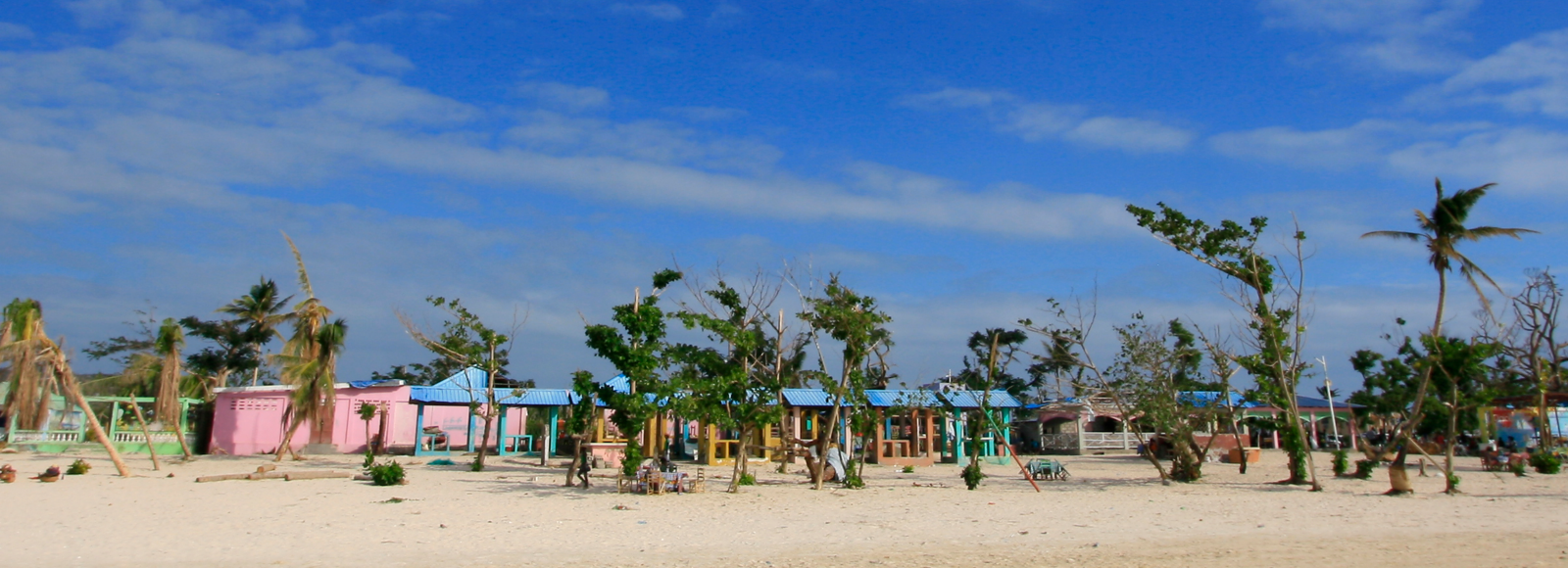
IMPACT returned to Haiti through its REACH initiative in 2020 in order to inform responses being developed to mitigate the effects of the tropical storm Laura (August 2020), the COVID-19 pandemic, and increased violence triggered by socio-political events particularly in the Metropolitan Area of Port-au-Prince. Since REACH returned to Haiti, they have been able to inform the response for the 2021 earthquake through the Joint Market Monitoring Initiative and participative area-based assessments.
The regular occurrence of natural disasters in Haiti as well as the continuously worsening situation of violence and political instability leaves the vast majority of the Haitian population in a vulnerable state. In using our specific technical abilities, REACH has been working with humanitarian coordination structures and sectoral groups as well as governmental actors and local representatives of communities in order to provide reliable and relevant information to humanitarian actors and decision-makers.
Most recently REACH is concentrating on ensuring pertinent and comparable data to inform the HNO/HRP cycle of 2022/2023 through conducting our flagship Multi-Sectoral Needs Assessment (MSNA) across the entire country with a particular focus on the Metropolitan Area of Port-au-Prince. In addition to this, REACH is introducing area-based approaches to response planning in close collaboration with communities and local actors in order to support locally adapted and participative approaches to aid and early recovery. Finally, REACH is focusing on using their GIS (Geographic information systems) capacities as well as a coordination approach in order to raise awareness and capacities to deal with natural disasters and shocks.
The overall security and humanitarian situation in Haiti have continued to spiral in the past year, with limited aid reaching the population. Our research highlights the urgent need for shelter, the challenges in aid distribution, and the necessity for inclusive and sustainable planning.
Community Voices from Haiti
Community members in Carrefour-Feuilles pointed to the fact that assistance is only available in displacement sites, and that distributions are often chaotic due to lack of resources and preparation at distribution point.
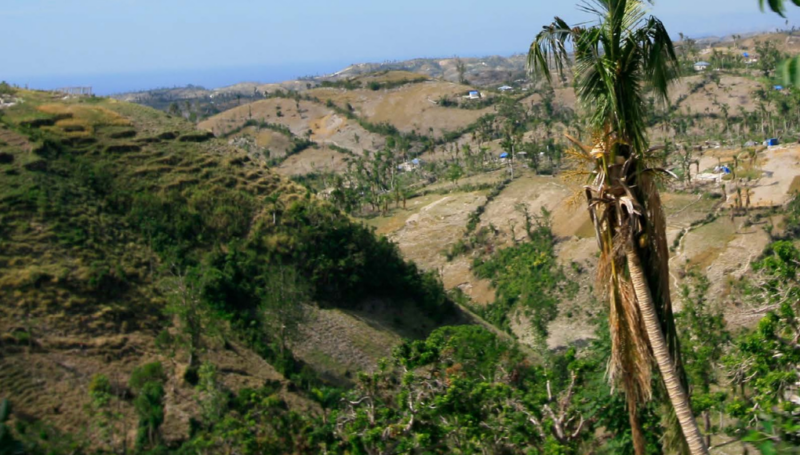
As of 2024, Haiti faces an unprecedented humanitarian challenge marked by a resurgence of violence and persistent climate shocks. Our latest brief, highlights the severity of this multidimensional crisis, with...
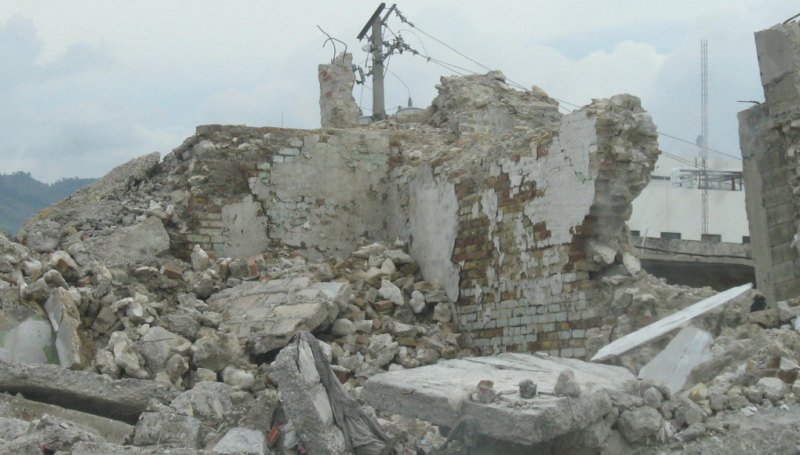
The overall security and humanitarian situation in Haiti have continued to spiral in the past year, with limited aid reaching the population. Our research highlights the urgent need for shelter,...
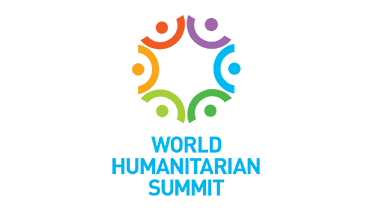
By 2050 over 70% of the global population will live in urban areas.


HTI_Presentation_Evaluation Rapide des localités difficilement accessibles_Février 2017
POT|PPS|PPT5.5M


HTI_Situation Overview_Evaluation Rapide des Localités difficilement Accessibles_February 2017
PDF2.0M

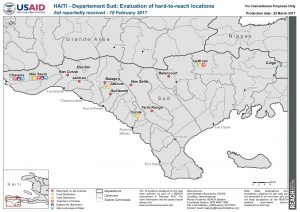
HTI_Map_HardToReach_AidReceived_February2017
PDF494.7K

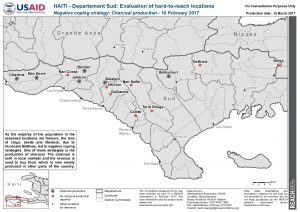
HTI_Map_HardToReach_CharcoalProduction_February2017
PDF493.2K

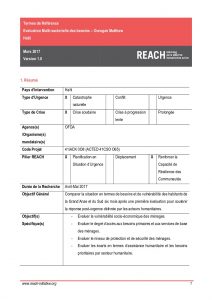
HTI_MSNA2_ToR_April2017
PDF1.0M

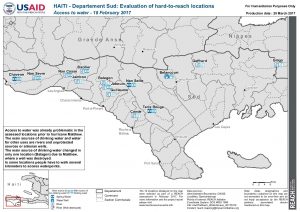
HTI_Map_HardToReach_WaterAccess_February2017
PDF505.8K

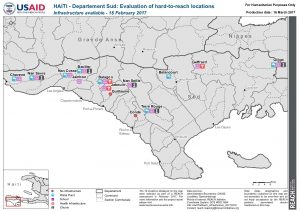
HTI_Map_HardToReach_Infrastructure_February2017
PDF493.2K

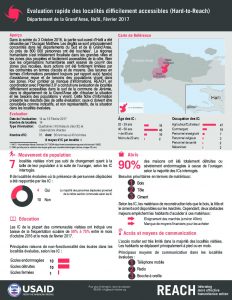
HTI_Factsheet_Evaluation Rapide des Localités Difficilement Accessibles, Grand'Anse_Février 2017
PDF418.5K

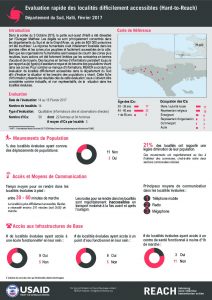
HTI_Factsheet_Evaluation Rapide des Localités Difficilement Accessibles, Sud_Février 2017
PDF434.7K

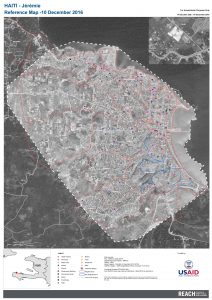
HAITI - Jeremie Reference Map
PDF23.6M

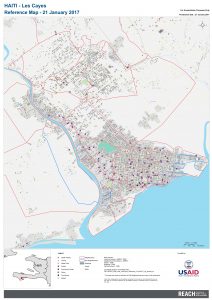
HAITI - Les Cayes Reference Map
PDF1.3M

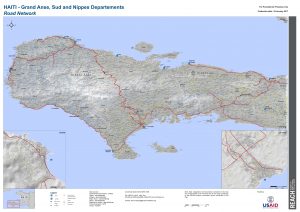
HAITI - Grand Anse, Sud and Nippes Reference
PDF8.6M

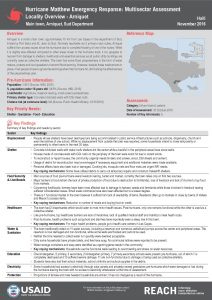
HTI_Factsheet_MSNA in Sud and Grand'Anse, Profiles of Assessed Areas_November 2016
PDF26.9M

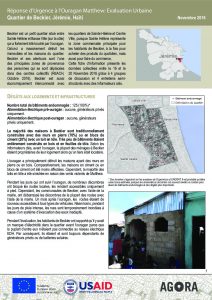
HTI_Factsheet_Evaluation urbaine_Beckier_Novembre 2016
PDF1.5M

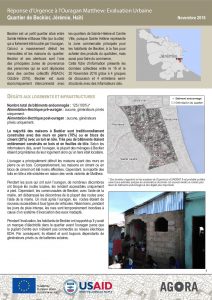
HTI_Factsheet_Evaluation urbaine_Novembre 2016
PDF9.9M

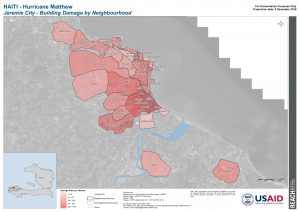
Haiti - Hurricane Matthew - Jeremie City Building Damage by Neighborhood
PDF2.2M